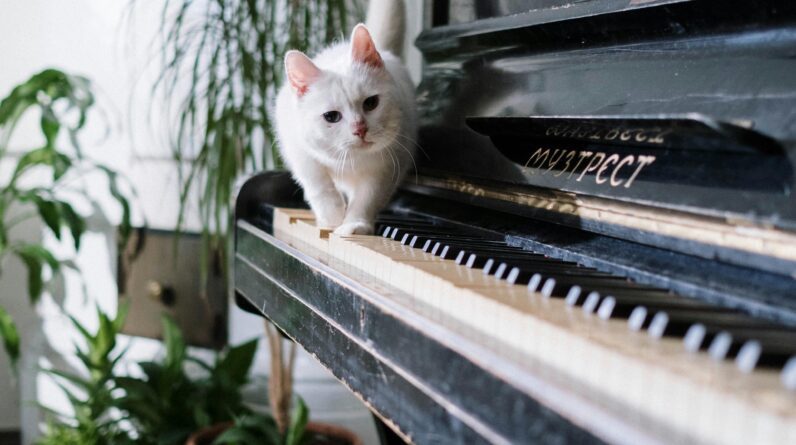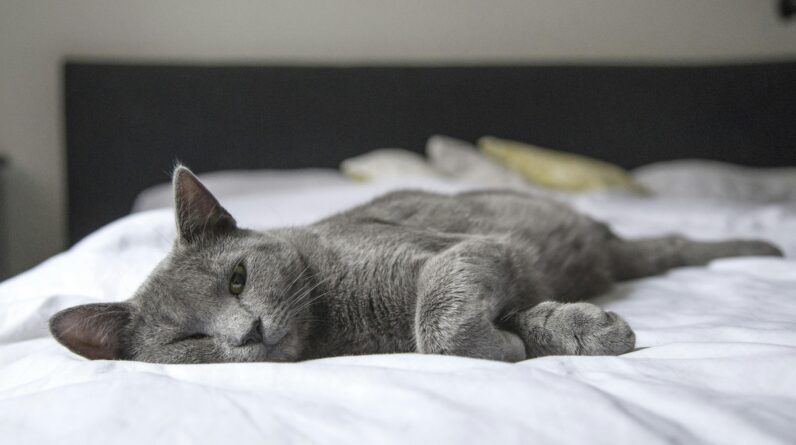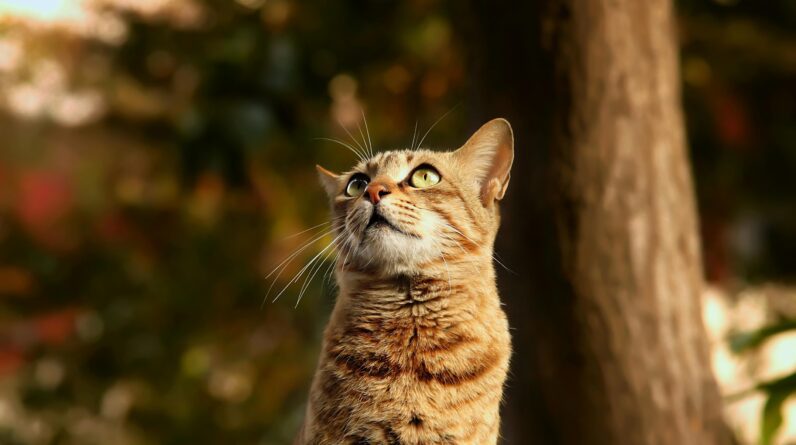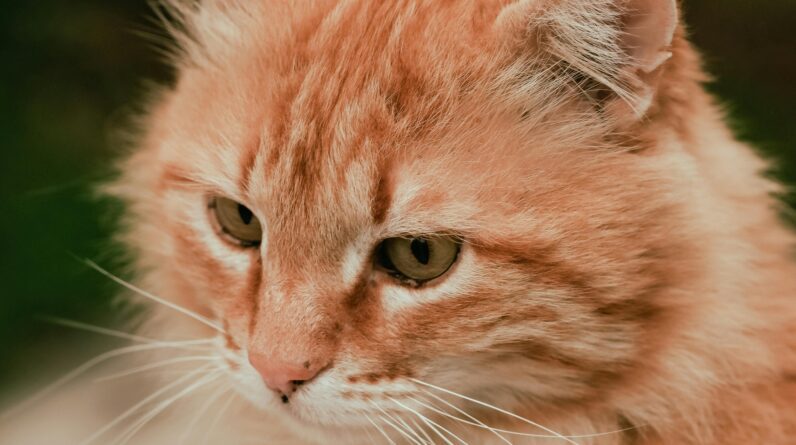
Embarking on the journey of feline breeding is not just about the purr and cuddles. It’s a serious commitment that entails understanding the how long to breed a cat. Before you dream of the pitter-patter of tiny paws, let’s delve into the timeline nuances of breeding these majestic creatures. Click here for peace of mind and endless purrs.
Firstly, it’s vital to know when your feline is ready to embark on the path to parenthood. Typically, cats reach sexual maturity between six to nine months. However, just because they can, doesn’t mean they should. Breeding them too early can lead to complications. Thus, a queen should be at her prime – usually after her first year. Patience is key, just as a cat stalks its prey with finesse and timing.
Understanding the Feline Heat Cycle
Grasping the rhythm of the feline heat cycle is pivotal to any breeding journey. It’s the dance of nature that dictates the perfect breeding time. Cats are seasonally polyestrous, which means they have multiple cycles during the breeding season. This usually occurs when the days are longer, often in the spring and summer.
The cycle has several stages, starting with proestrus, but the one to watch for is estrus. During estrus, your feline diva will exhibit signs of affection, vocalization, and a keen interest in male company. It lasts about a week and occurs every two to three weeks until successful mating or spaying. So, mark your calendar, for timing is everything.
Optimal Age for Breeding Your Cat
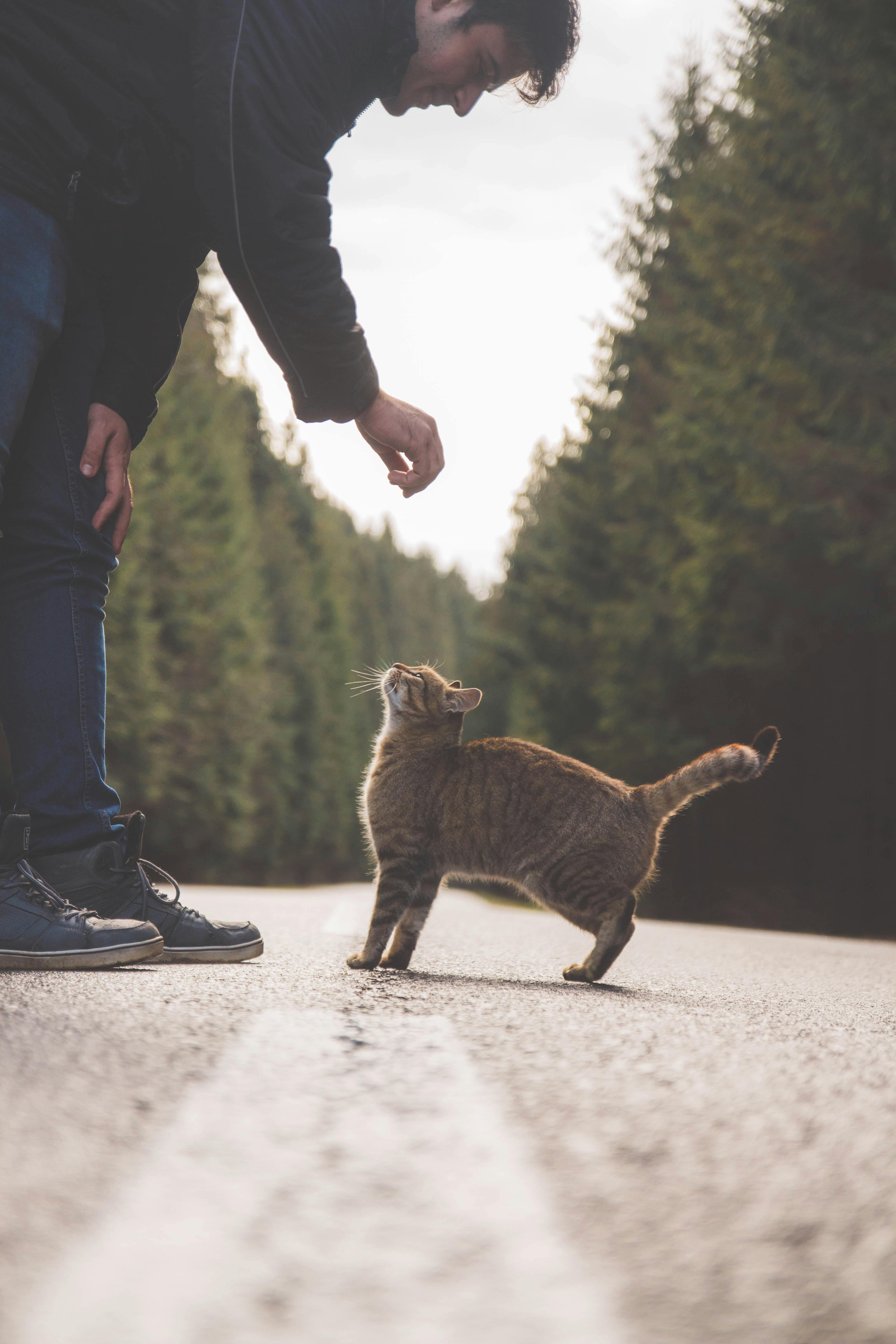

Knowing the prime time to introduce your cat to the world of parenting is crucial. For queens, the golden period is often between eighteen months to five years. Before this, they’re too young, their bodies are still growing. After this, the risks increase, both for the mother and her kittens.
Tomcats have a wider window, ready to charm from about one year. However, don’t wait too long; after seven years, their vigor may wane. Always consult with a vet, as they’ll guide you through the nuances of feline maturity and health. It ensures a safe and joyous leap into the realm of kitty parenthood.
Preparing for a Successful Mating
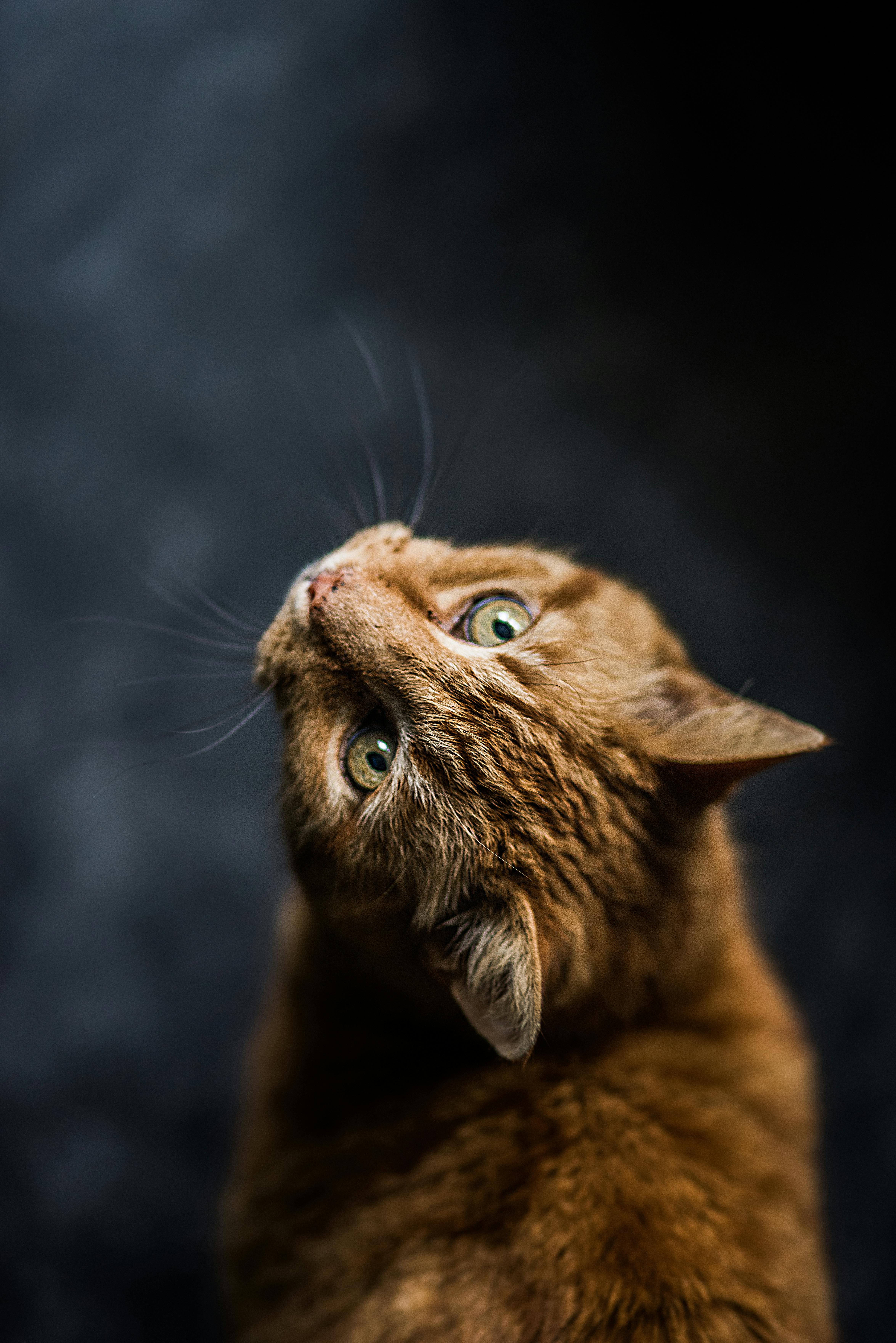

Embarking on the breeding journey requires preparation beyond the basics. It’s not just about cozy spaces and the perfect match. You need to ensure your feline is at their healthiest, with vet check-ups and up-to-date vaccinations. After all, a healthy cat is a happy breeder.
Understanding the feline cycle is key, as timing is everything. Watch for signs of estrus in your queen, when she’s most receptive. This is when the magic happens, but patience is your virtue here. Not every first date leads to fur babies, so let nature take its playful course.
Pregnancy in Cats: Duration and Care
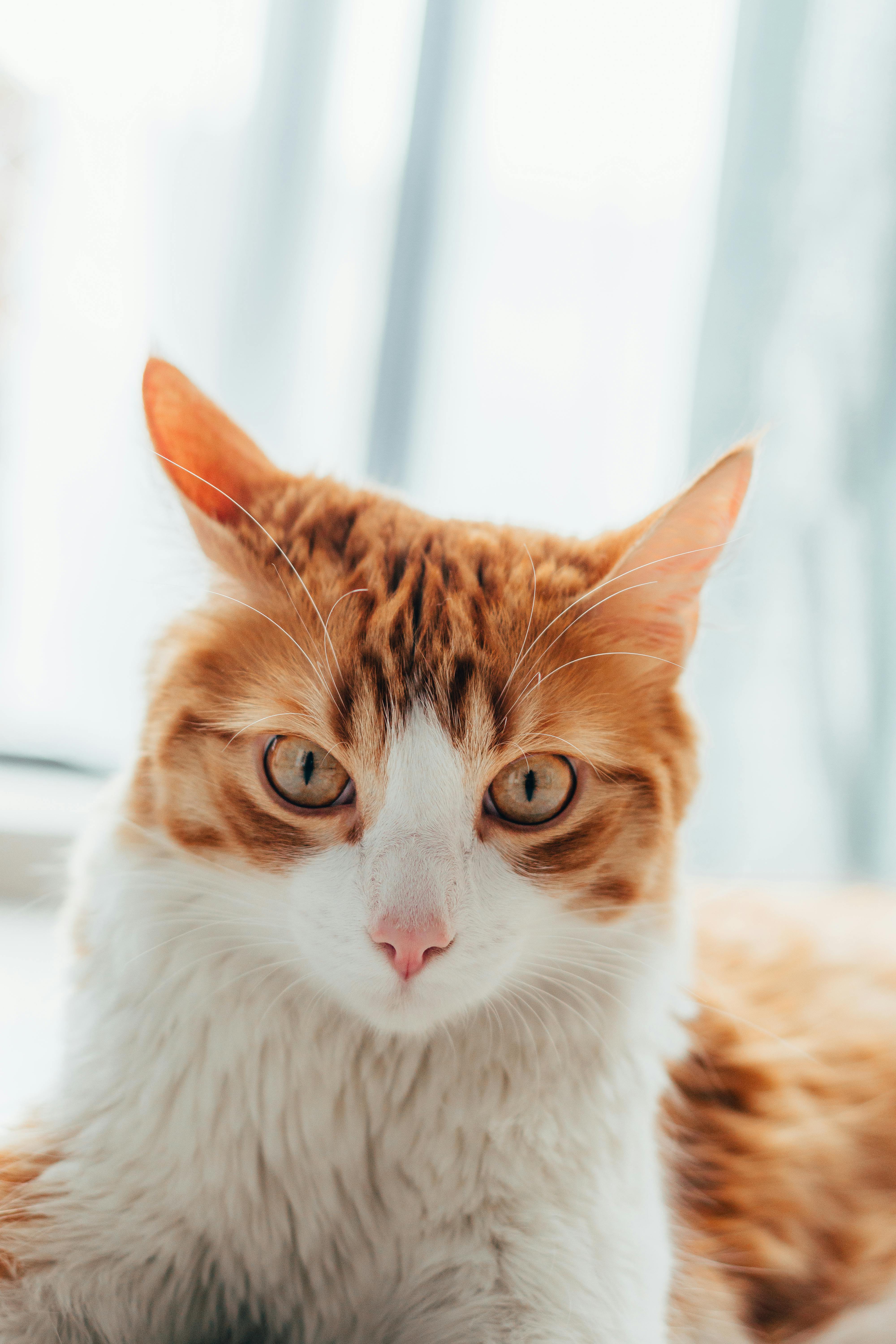

Once the dance of courtship concludes, a new chapter begins. The duration of pregnancy in cats, known as gestation, lasts typically around 64 to 67 days. During this time, your queen‘s needs will evolve as she embarks on the journey to motherhood.
Observing her behavior and providing a nurturing environment is essential. Offer her a diet rich in nutrients, and create a calm sanctuary for rest. Frequent vet visits are a must to ensure the health of the expectant mother and her developing kittens. Remember, a little extra love goes a long way!
Aftercare for Mother and Kittens Post-Breeding


Welcome to the tender phase of aftercare for the feline family. Post-breeding, the mother cat, affectionately known as the queen, requires gentle care to recover and nurture her newborns. Proper aftercare is crucial for the health and well-being of both the mother and her kittens.
Ensure the queen has a comfortable nesting area, and keep it clean and quiet. Monitor the little ones for steady growth and watch for the queen’s health. As they grow, the kittens will soon start exploring with tiny, tentative paws. It’s a heartwarming sight to behold! Did you know vet visits for your ginger pal can cost up to $80, and emergencies can hit thousands? 😮 But worry not! Pet insurance has got your back. For a tiny cost, avoid huge bills and keep your kitty healthy. Click here for peace of mind and endless purrs.


